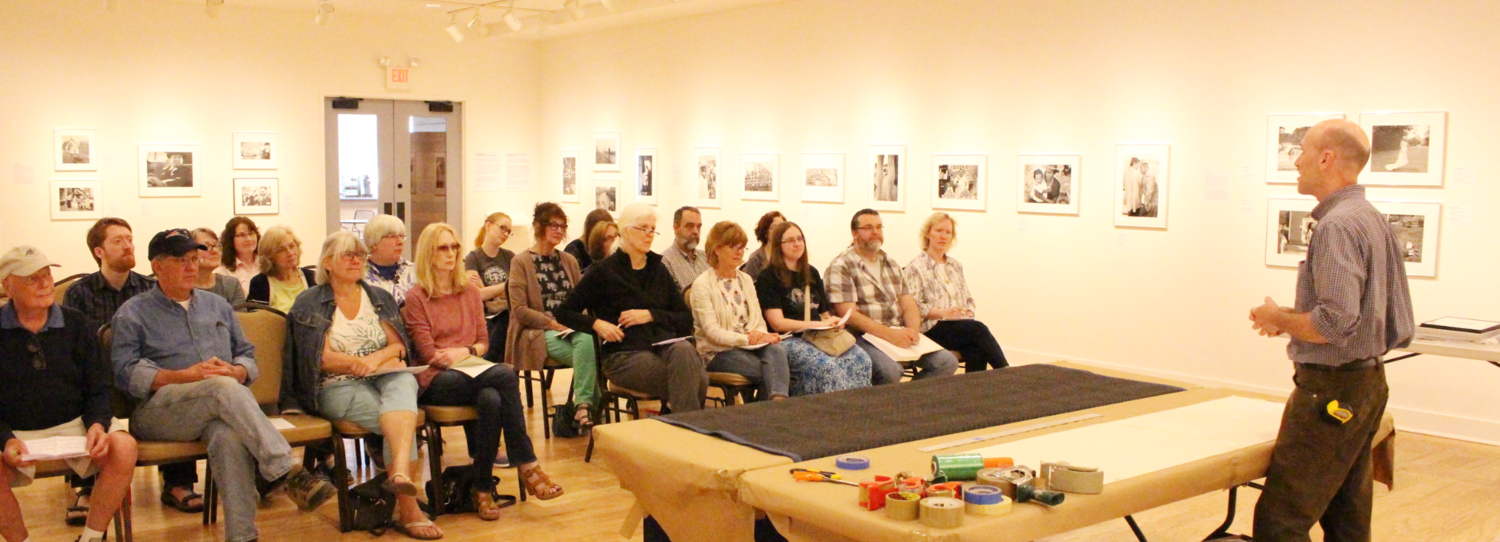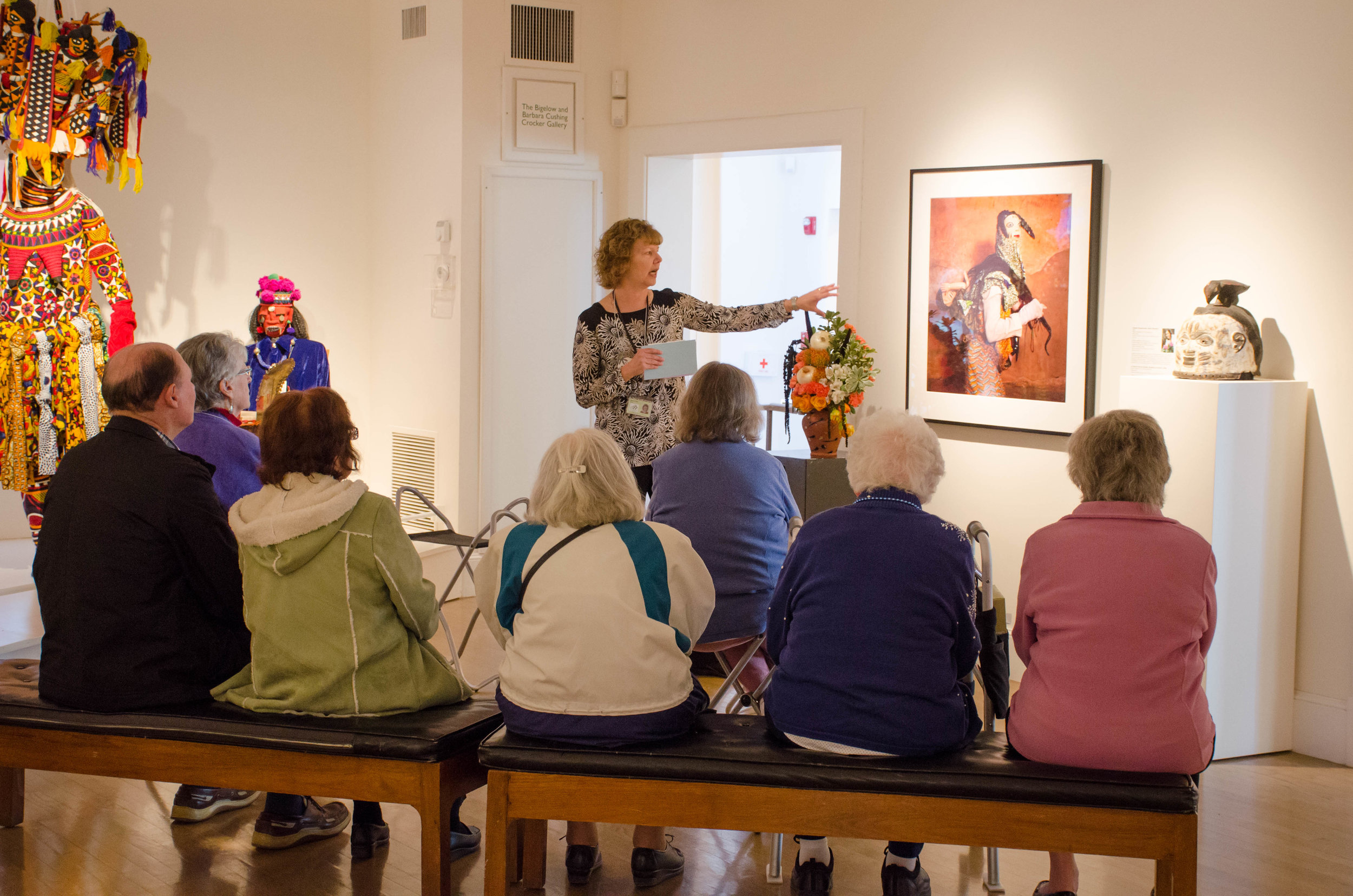TEACHER RESOURCES

TEACHER WORKSHOPS
Learn about new exhibitions and the permanent collections and how they can enhance your curriculum. Connections to the Massachusetts Curriculum Frameworks are included in every workshop. PDPs and In-Service Credits are available. For dates, times, and topics, check the Calendar or contact the Director of Education, Susan Diachisin at 978.424.4505.
Curious about what to expect during your visit?
Watch our 3-minute “Preview for Families and Teachers” video on the right or here.
INSPIRING MINDS THROUGH ART
Developed by the Museum in conjunction with teachers from the former Museum Partnership School, Inspiring Minds Through Art offers a Curriculum Framework and Lesson Plans for integrating art objects into classroom curricula.
Why Integrate Art Objects into School Curricula? Art objects work well at the center of inquiry-based learning since they naturally arouse curiosity and invite investigation. From “What is it?” to “What does it signify?,” students questions about artwork can motivate learning. The rich layers of meaning inherent in artworks give students opportunities to exercise higher-order thinking such as reasoning (making hypotheses based on evidence), taking different perspectives, finding problems and puzzles, interpreting, evaluating, and summarizing.
Download the Curriculum Framework, Essential Skills lists, Thematic Connections, Curricular Connections Chart, and the Lesson Plans by clicking the corresponding link.
The Lesson Plans relate to English language arts, history, science, and math. Sample topics include Mapping, Pre-writing, Scale in Paintings, Landform Properties, and Observation. Feel free to adapt these lessons to suit your needs. The Curricular Connections Chart shows which lessons are relevant to basic subjects in the curriculum.
Inspiring Minds Through Art was funded by the Institute of Museum and Library Services, a Federal agency that fosters innovation, leadership, and a lifetime of learning. Please contact Susan Diachisin, Director of Education, if you have questions about these resources or suggestions for additional resources at sdiachisin@fitchburgartmuseum.org.
Ghana, Africa Classroom Kit
Moving Objects: African and Oceanic Art from the FAM Collection
See more amazing objects from the Museum’s permanent collection. Please find information below about this exhibition.
Evoking Eleanor
This exhibition explores the legacy of artist, community leader, and Fitchburg Art Museum founder Eleanor Norcross.

Discover Ancient Egypt
Prepare your students for a visit to this educational, interactive gallery. The 50-page manual describes the lay-out, objects, educational components, and sub-topics in the gallery. Suggestions of key concepts for discussion and activities are provided for each area. Also included are copies of the large didactic labels, a first person account of opening a tomb, a bibliography, background information on women’s legal rights, and recipes for foods eaten by the ancient Egyptians.
Please contact Laura Howick, 978.424.4505, for more information and materials.
RESOURCES FOR
PAST EXHIBITIONS
Fantastical, Political
Fantastical, Political featured the work of five contemporary New England artists in order to examine the use of “fantastical” aesthetics—conceived here as extravagant, ornamental, or, in certain instances, surreal—to drive dialogues on femininity, ecological degradation, national identity, gun violence, and a culture of war. Artistic techniques represented in the exhibition include drawing, collage, marbling, ceramics (cast and handbuilt), sculpture, and mixed media.
People Watching: Then and Now
From ancient times to the present, portraiture has represented the people of its day and the complex social, political and cultural moments in which each subject and artist lived. People Watching brought together paintings and sculpture from FAM’s collection–principally ancient busts, Western paintings from the eighteenth to the twentieth century, and African sculptures–with artworks by thirteen contemporary artists from New England to explore the way that observation and representation of the human subject has shifted over time.





